Media That Connects Company Builders
We are building a platform of stories to connect entrepreneurs with investors. The article tries to explain why this approach. Or as Phil Leotardo would say, let me tell you a couple of three stories.
09 October 2024
I was having dinner at a birthday celebration when I heard the news that Mr Ratan Tata was no more. I remember keeping the cutlery aside and sitting quietly for a few minutes.
I was thinking about how my life changed in 2015 because of Mr Tata.
He was about 10 years old and was well known in the Indian chess circuit as someone gifted, raw, and on his way up — by then, he had won the National U-09 and World U-10 Championships.
Of course, I met and covered all the prodigies for the Chessbase India website — which we had started in late 2015 — but with Nihal, it was more personal than professional — we had more of a big-little brother relationship.
However, we were struggling for funds. Nihal needed about Rs 10-15 lakhs a year to finance his coaching and travels to the chess circuit in Europe, where all the strong tournaments used to happen.
And we did not have any idea about how to solve this problem. We had approached a few well-known brands/HNIs, but nobody had the long-term outlook and patient capital Nihal needed.
Stories Connect People
Some time in early 2015, a young journalist by the name of Adarsh Onnatt came to interview Nihal and his parents and did a nice feature story for the Tehelka magazine (RIP).
Nothing happened that week. Nothing happened the following week. And then it happened out of nowhere.
Mr Naseeruddin Shah read the story and reached out.
He passed the story around among his friends. A few anonymous businesspeople volunteered to extend support.
But something amazing was in store.
A couple of days later, we got a call from Bombay House.
Mr Tata had read the article and connected with what Nihal was trying to do. He wanted to help — via Tata Trusts. But he explicitly requested we never advertise it directly during the period the support was provided.
Tata Trusts sponsored Nihal until he became a grandmaster in 2018 — he was 14 years and 1 month old when he broke that barrier.
The total capital Tata Trusts invested into Nihal in this period came up to Rs 40 lakhs.
Today, aged 20, Nihal is ranked 35th in the world and continues to grow slowly and steadily.
In chess as an esport, he is already considered one of the strongest players ever — and by far the strongest from India in terms of winning records.
In the process of investing in Nihal, Mr Tata changed our lives — Nihal’s, of course, but mine too by extension.
While I was mourning Mr Tata’s passing, I began to think how fascinating it was that the story of Nihal’s career in a magazine could somehow magically connect a young kid living in Thrissur — a city without an airport — to the chairperson of India’s most valuable corporate group, based out of Mumbai.
It dawned on me that content is not the value creator by itself. It is content that connects users, which creates value.
I had initially read about this idea in Prof. Bharat Anand's book, The Content Trap.
Prof. Bharat Anand was vice provost at Harvard University and, just a few days ago, was appointed by NYU as the Dean of Stern School of Business.
One of the things he focuses on is the myth that the internet has resulted in the decline of newspaper circulation in the US. He talks about the following graphs in his book.


It started with the radio. Then came the television. Then came color television. And then the internet arrived. And then finally we have the mobile phone.

But the internet didn’t have any impact on the circulation revenue (note the red line — subscription fees), nor did it impact the retail advertising for brands (dark blue line).
What it did do is that it TOTALLY DISRUPTED the classified ad revenue, which comprised almost 50% of most newspapers’ revenues.
Most people do not search for a job or look for a partner or try to sell their used car via newspaper classifieds anymore — internet classifieds like Search Ads and vertical sites for specific use-cases (eg, for jobs, matrimony, dating, and so on) are way faster.

In the book, Prof. Anand refers to the transformation of the business model of Schibsted, which used the insight of content’s value creation originating from connecting users by aggressively building its internet classifieds business.
We can look at an Indian example of Naukri.com — whose parent InfoEdge calls itself India’s internet classifieds company.

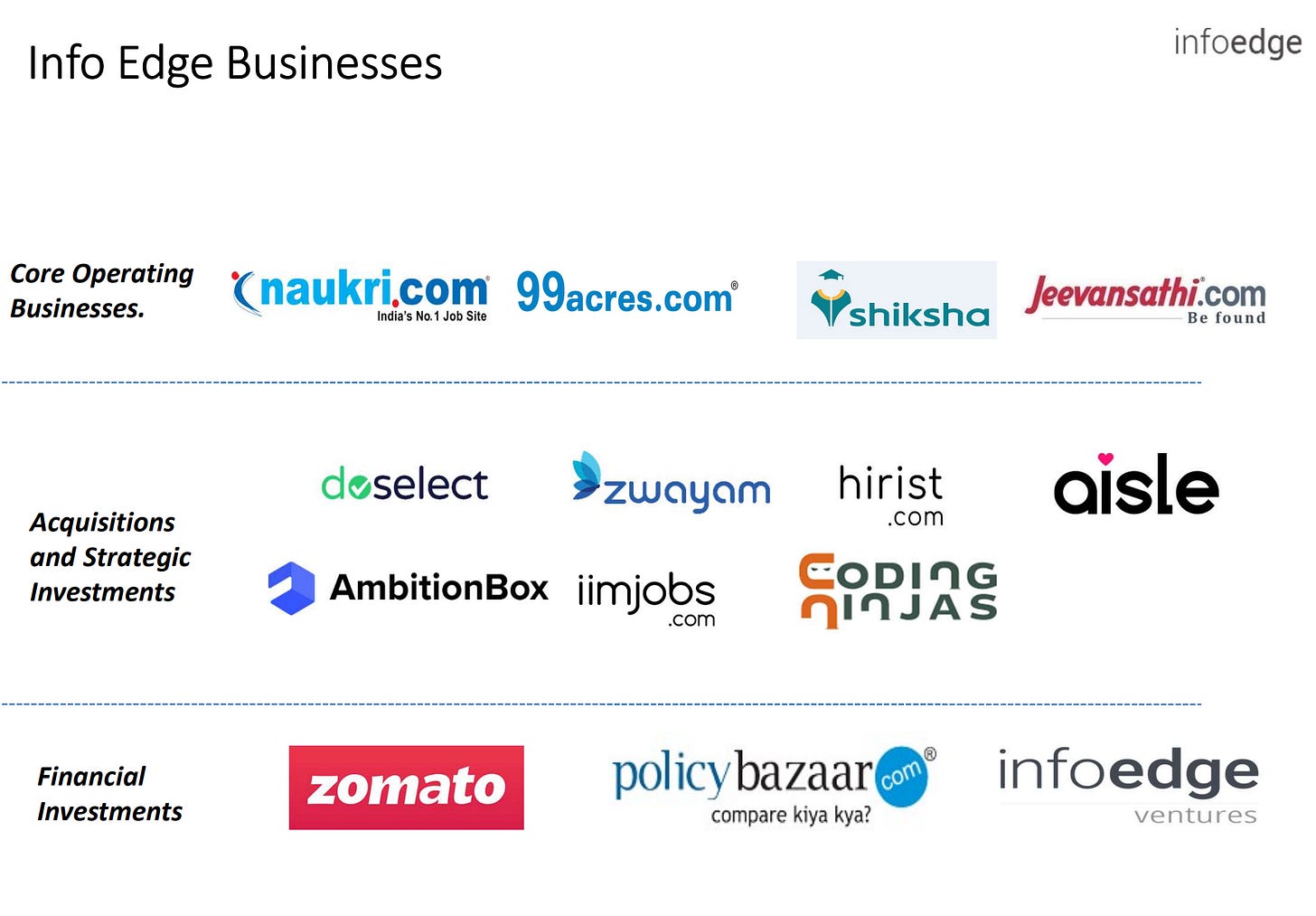
Some media products, though, figured out a unique form of marrying storytelling with the classifieds business model — what if you could have long-form features that told a story to connect users?
Feature Stories Connecting Farmers
While companies such as InfoEdge have figured out how to capture value from the classifieds business, it can be done in a feature story format, too.
This is what Mr Shree Padre, editor of Adike Patrike, proves.
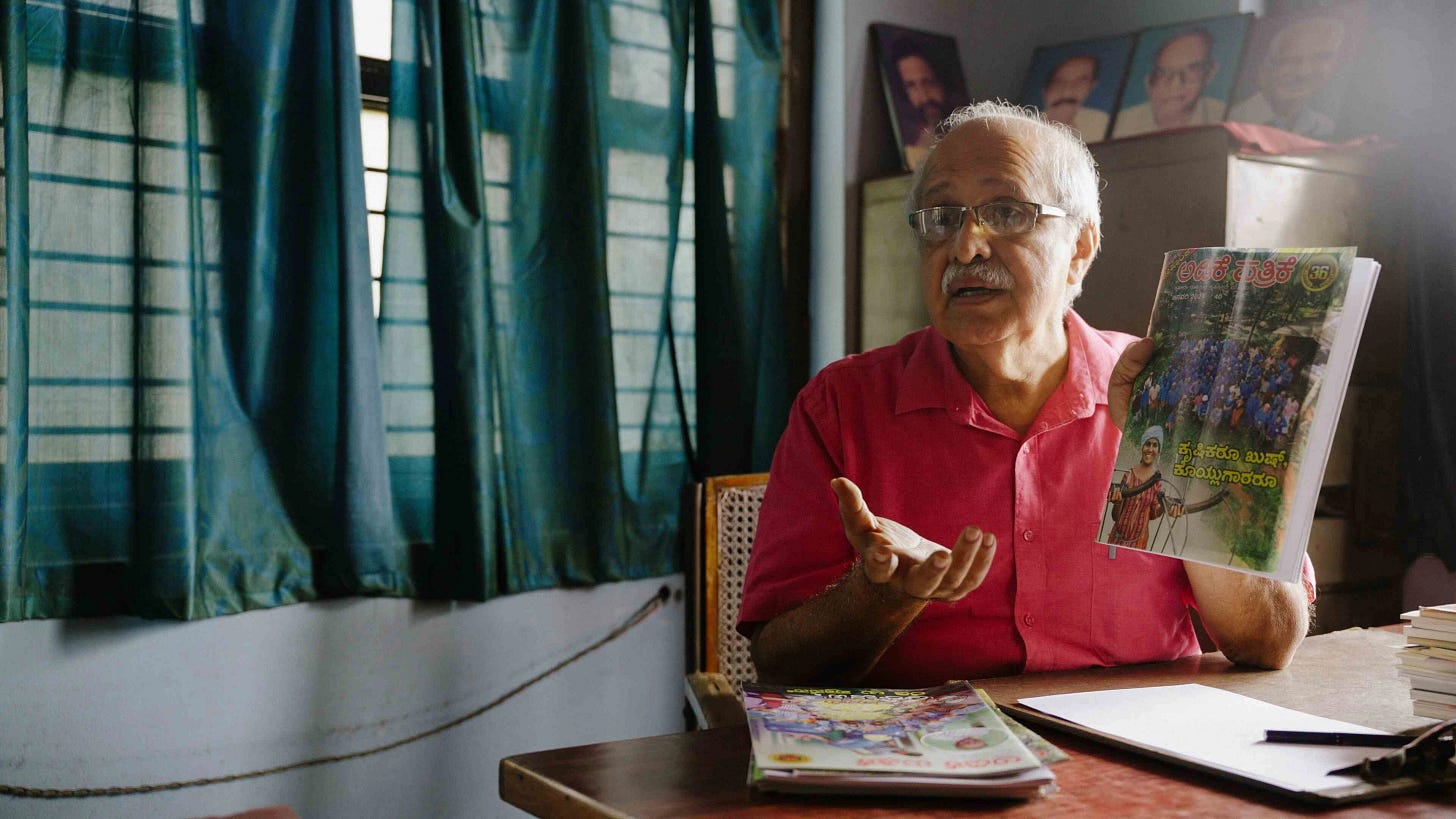
Technical specialists writing for farm journals often use terminology that farmers find difficult to understand while promoting unproven or unsustainable agricultural methods.
Communication barriers exist throughout the farming community—between farmers and the outside world, government institutions, and even neighboring farmers with valuable knowledge to share.
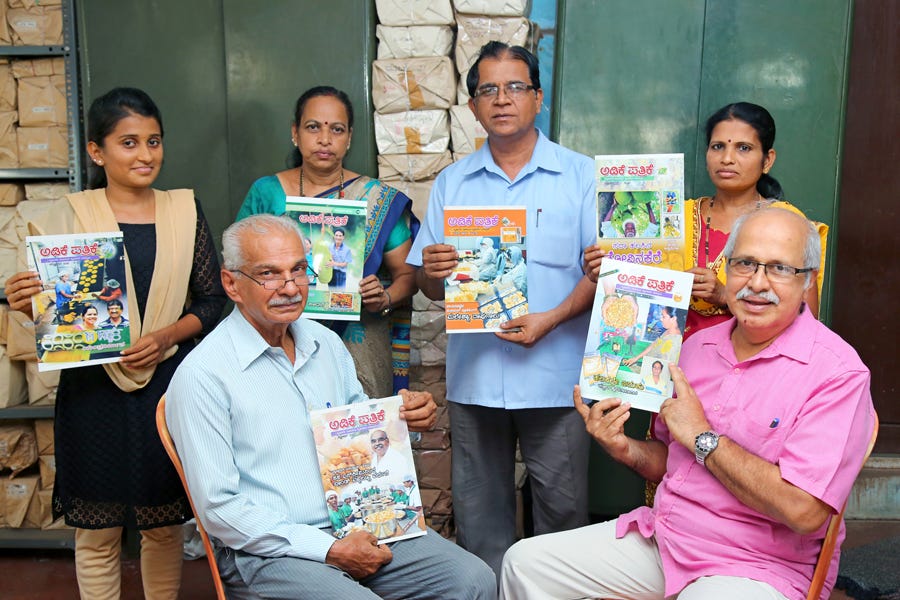
This publication replaced technical research with interviews of farmers with their practical success stories.
It became highly popular among farmers who now not only share their own knowledge but also interview peers to document valuable neighborhood farming practices.
Farmers in Karnataka swear by it. And it shows—the magazine has been around for 36+ years now.

In an interview with the Good Food Movement, he shared this tidbit that instantly told me that the man truly grasps how value-creating media works. Edited for context, he says:
“I don't write like professors. There's a difference between saying 'this can be made' and 'this is made.' When I showcase someone's work, I provide their contact information so interested parties can reach out directly and learn from them.”
“If you want to use journalism as a tool for development, you can't limit yourself to just writing reports and walking away. That approach won't achieve anything constructive. Despite your best efforts—five people working for half a year on research—tomorrow it will just end up as a paper used by a kadle-bele (roasted bengal grams) seller to sell you kadle for a few rupees. Such content is meaningless.”
Powering Chess In India
I never amounted to much as a chess player.
I learned the game quite late—I was 14 when I played my first ever game with a neighbor, 16 when I played my first international chess tournament, and 18 when I, mostly to my own surprise, qualified for the National Youth to play my first ever Nationals. But it was already too late to become a full-time player.
Due to a mix of bravado (long story) and a very helpful friend—Sagar Shah—I somehow ended up as a chess journalist for ChessBase, the chess software company that essentially is the Microsoft of chess.
I never imagined as a young chess player and a die-hard Vishy fan that my features would be cited TWICE out of the almost 200 citations on Viswanathan Anand’s Wikipedia page.
2015 was a very important year for me for another reason:

The goal was to tell stories of chess players, chess coaches, administrators—basically every stakeholder in the chess market of India. Of course, the focus was on reporting the performances of Indian chess players in tournaments across the world.
It was amazing to watch how a community began to build around Chessbase India as well as the players we were creating content around.
While I left in 2017 to pursue non-chess interests, Sagar and Amruta have powered on and built a platform connecting chess players across India.
The company does this via the website and the YouTube channel, which boasts of 2 million+ subscribers and almost a couple of billion views.
This resulted in some fascinating outcomes.
Chess players and fans who were also corporate decision-makers started connecting with Indian players and began to sponsor them. Oftentimes, the community itself would come together to finance chess players who needed it.
While oftentimes, in the case of talented players, the coaches/parents would connect with corporate sponsors, Chessbase India provided a platform for the companies to showcase their brand to the meaningfully large chess community via the content the company would produce around the players.




What Is The Goal With tal64?
The basic thought process I had was: could we tell stories of company builders and help them raise capital?
The content we do could act as a ‘classified’ but in a ‘feature story’ format. Maybe even podcasts and other formats later down the road.
To test this, I went live with the website and published the following feature on Arun Agarwal and his company Janitri. The company had already secured a lead in the form of Mr Ashish Kacholia. But they needed to complete the round.

Furthermore, it generated meetings with 2 family offices and 4 funds (partner level meetings) that want to observe and will consider the company for the next round.
How Far Could We Go?
I've observed how our capital raise feature stories function as sophisticated classifieds for startups, creating meaningful connections with potential investors who appreciate our thorough approach.
Each piece serves as an evergreen asset with longevity far beyond typical news products.
Unlike news content, these features compound in value over time as we refine and expand them, creating an ever-growing library of institutional knowledge.
The digital medium liberates us from space constraints, allowing me to embrace my strength in detailed, long-form storytelling that naturally attracts a more focused and valuable audience.
Looking ahead, my vision is to develop this into a free cash flow-generating network of media properties that serves as a vital ecosystem—connecting investors with investment opportunities through both our carefully crafted evergreen content and innovative digital tools.
For example, can we have tools that enable investors to analyze startup financials, which need to be evaluated very differently from the financials of a mature company?
Powering company building in India?


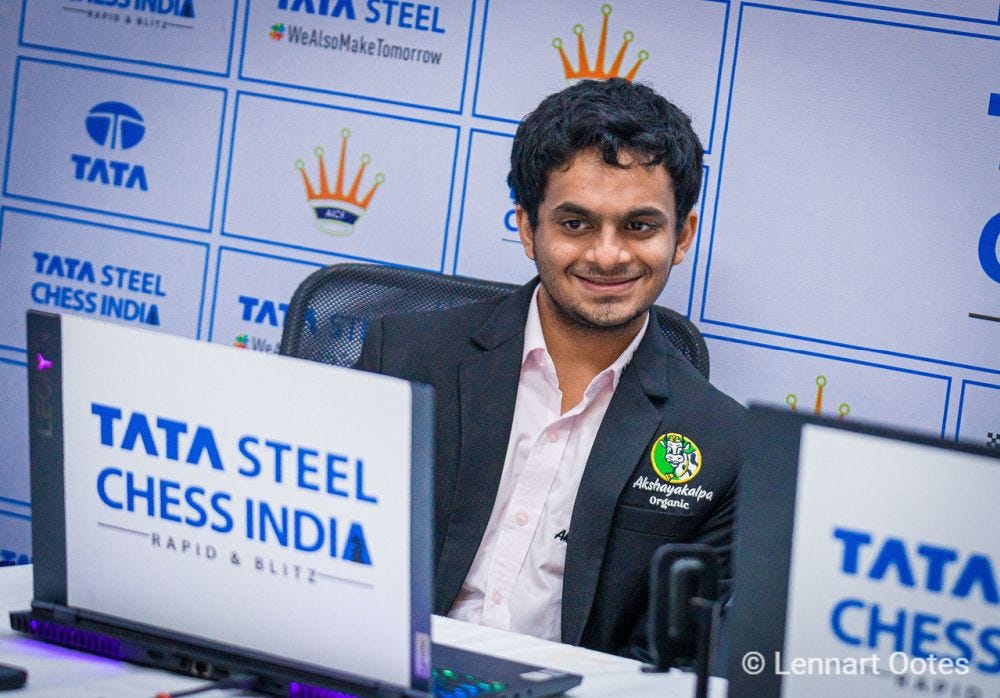


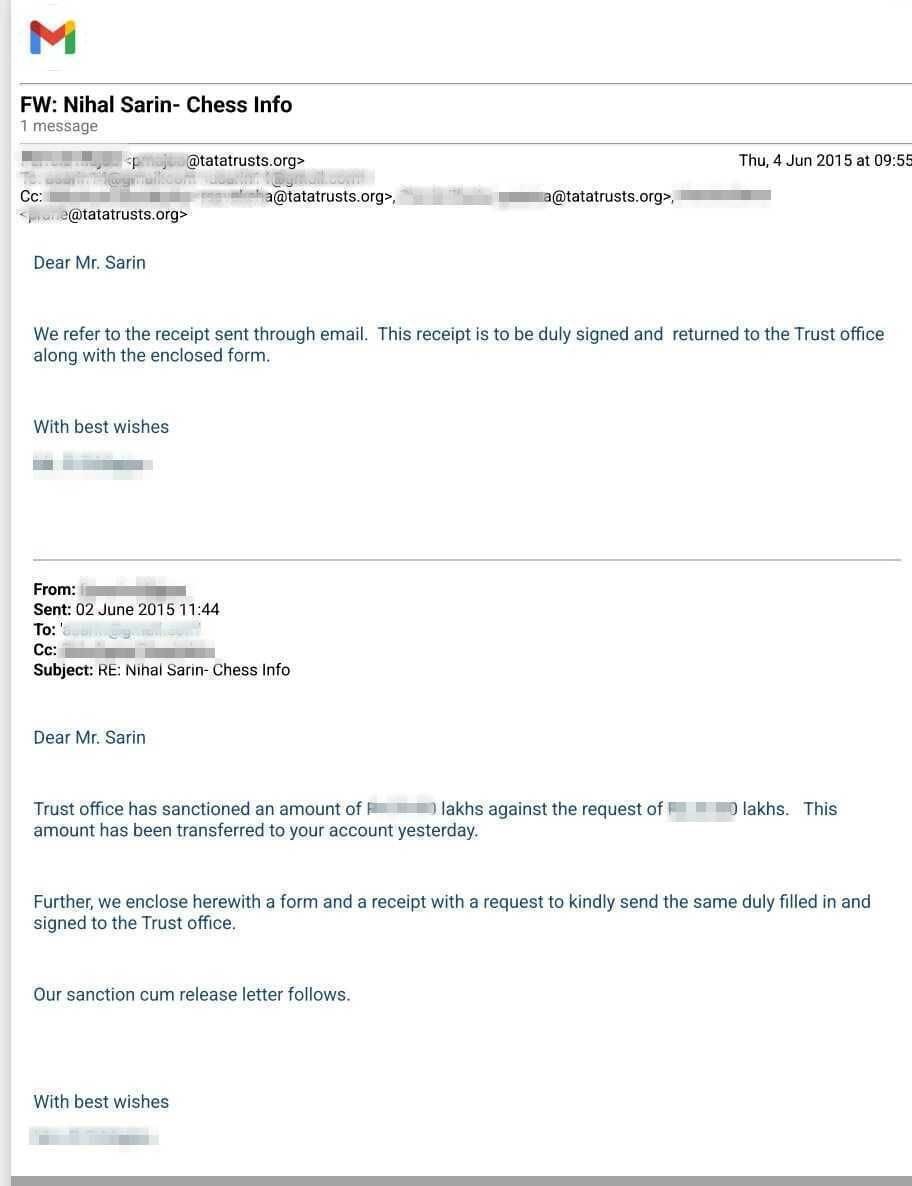
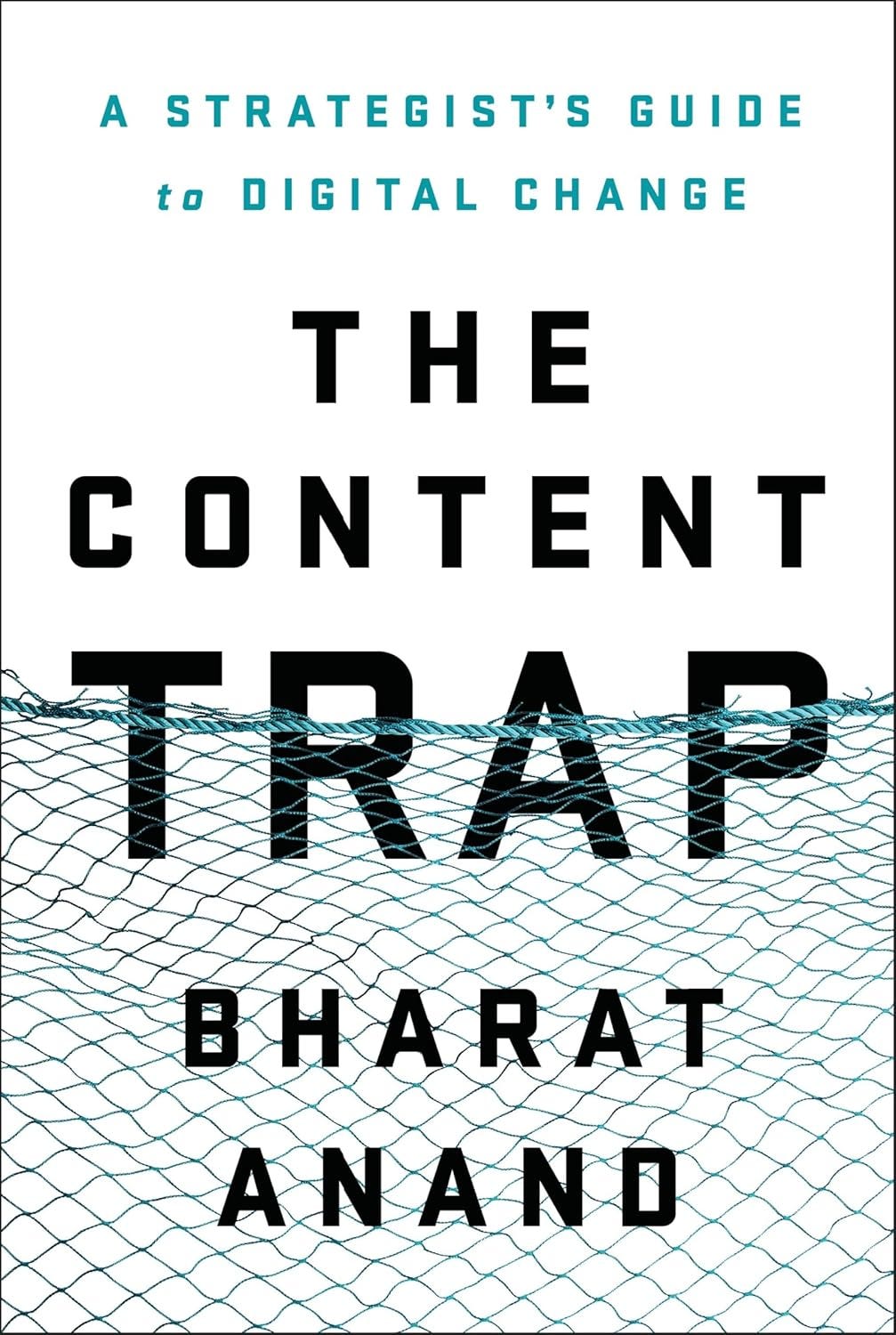


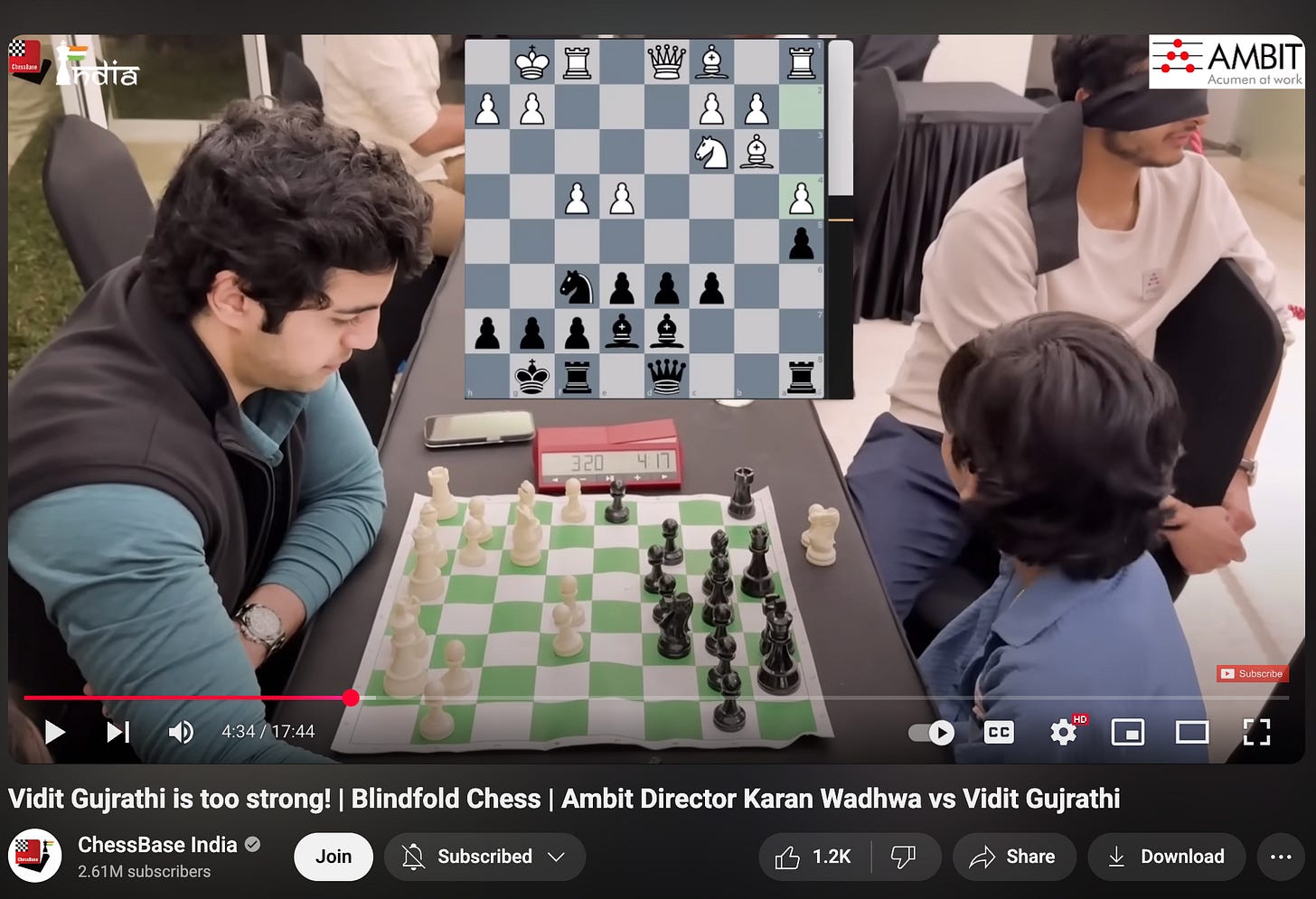



Brilliant content. These stories not only help from a networking perspective but are valuable lessons for founders and investors. Thirdly; this could act as an input for consulting firms.
All the best man! Lovely article